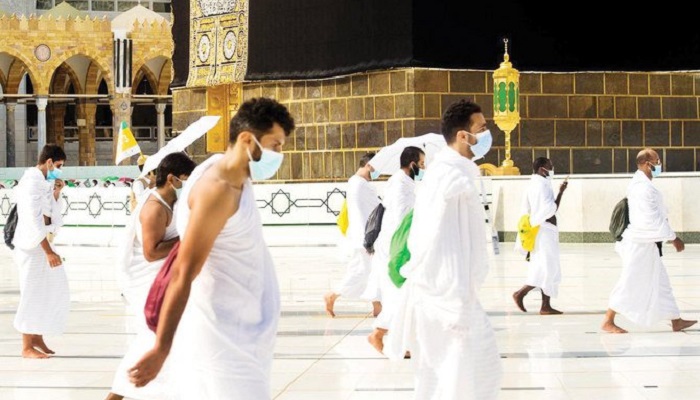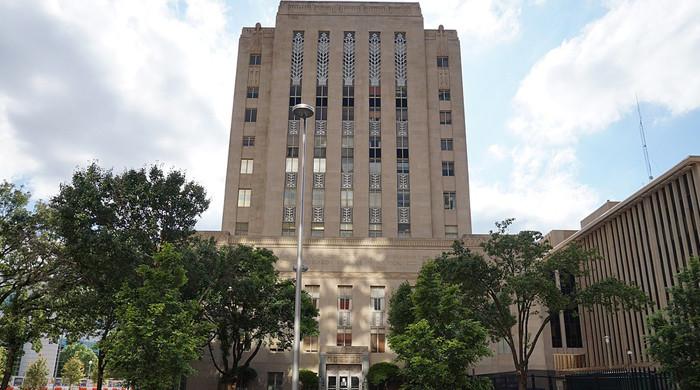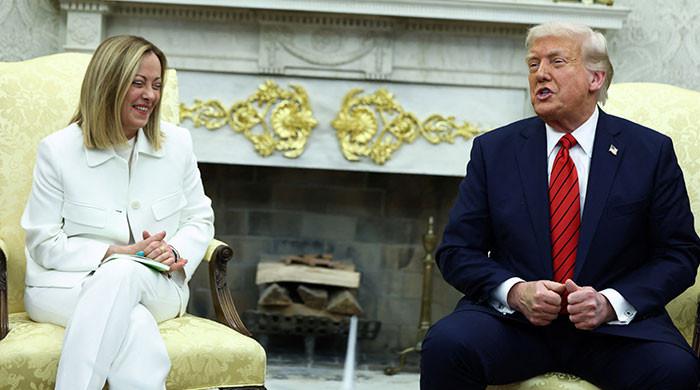Saudi Arabia opens borders for Umrah, 10,000 pilgrims arrive in country
According to the Ministry of Hajj and Umrah, pilgrims arriving from abroad must first obtain a permit
November 01, 2020

After a hiatus of seven months, around 10,000 international pilgrims are arriving in Saudi Arabia to perform Umrah which was halted due to the rising number of coronavirus cases in the Kingdom and worldwide.
According to Deputy Minister of Hajj and Umrah Dr Amr Al-Maddah, the 10,000 pilgrims arriving from abroad must first obtain a permit, Arab News reported on Sunday.
The publication also underscored that upon arrival, pilgrims must isolate for three days before being transported to Miqat sites, the principle boundaries at which pilgrims intending to perform Umrah must change into Ihrams. However, they can stay in the Kingdom for up to 10 days, three of which are in isolation.
Read more: Coronavirus: Saudi Arabia reveals new quarantine rules for foreign Umrah pilgrims
As per precautionary measures, 500 groups of international pilgrims are dispersed throughout the day, each with 20 pilgrims. The maximum age limit for international pilgrims is set at 50.
Stressing that the holy mosques will be working at 100% operation to avert any mishappening, the Saudi official said that if at any stage there is a cause for concern or danger to pilgrims, the ministry will evaluate the situation and return to previous stages and decrease capacity.
Currently, Saudi is the only certified airline allowed to transport pilgrims to and from the Kingdom. Pilgrims arriving from countries from which the carrier does not operate must arrange through a third party, accounted for by the Kingdom, the report highlighted.
Umrah resumes in four phases
Saudi Arabia intends to restart the Umrah service for pilgrims in four phases. In the first phase, 30% of the pilgrims will be allowed to perform the pilgrimage, which roughly makes it 6,000 pilgrims per day. This is slated to begin from October 4.
The second phase will see the capacity of the Grand Mosque increase to 75%, which means an estimated 15,000 pilgrims and 40,000 worshippers a day can be included from October 18.
The kingdom will then permit foreign pilgrims to perform Umrah from November 1 in the third phase, allowing a capacity of 20,000 pilgrims and 60,000 worshippers per day.
The fourth stage will see the Grand Mosque allow the usual amount of pilgrims. However, this will take place when all COVID-19 risks have gone away.











